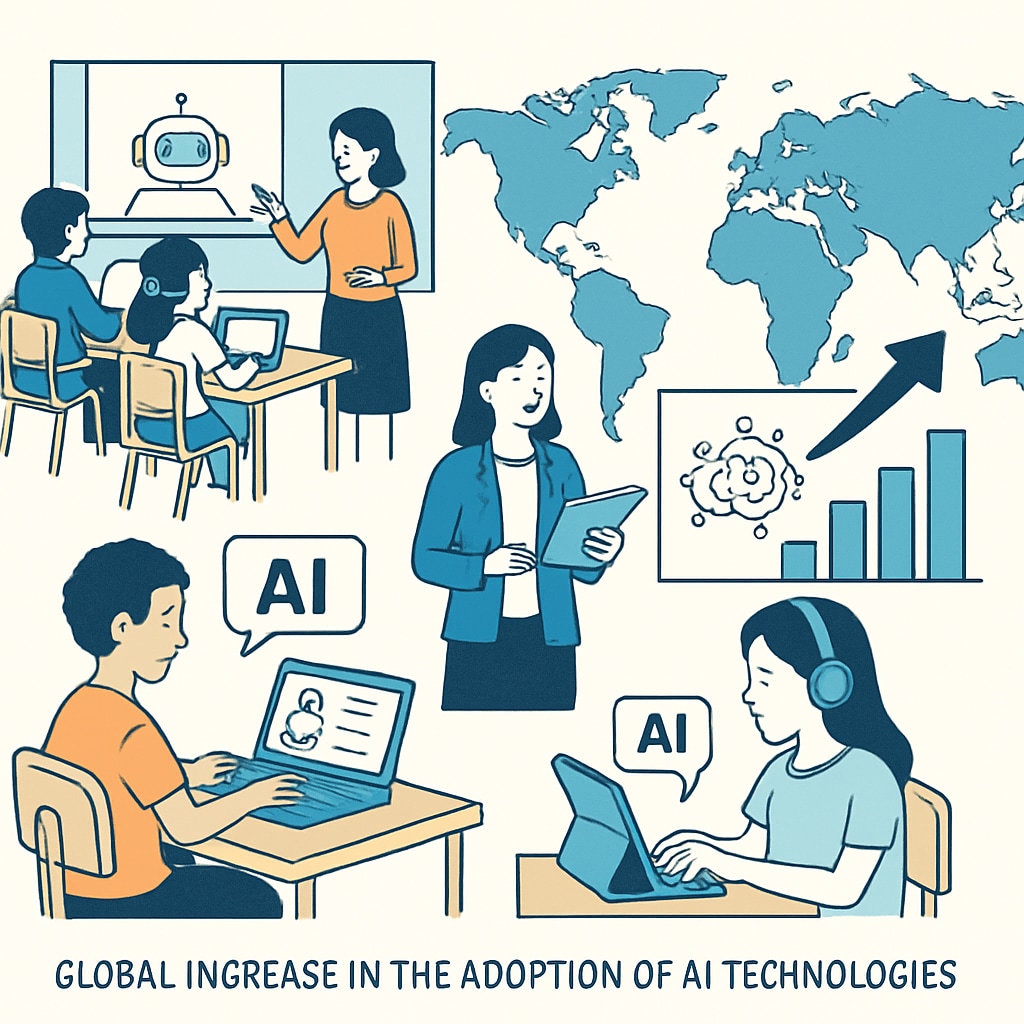Artificial intelligence (AI) is revolutionizing the landscape of K12 education, leading the charge toward a more personalized, efficient, and intelligent learning ecosystem. The integration of AI in education is one of the most significant future education trends, with innovative educational technology transforming how students learn and how teachers teach. From adaptive learning platforms to automated assessment systems, AI is set to redefine the classroom experience, creating opportunities for both educators and learners. However, this transformation does not come without its challenges, requiring careful navigation to unlock its full potential.
How AI is Reshaping K12 Education
AI’s ability to process vast amounts of data and identify patterns has made it a perfect match for the education sector. In K12 classrooms, AI systems are being implemented to provide personalized learning experiences. These systems adapt to each student’s pace, strengths, and areas for improvement, offering tailored content that meets their unique needs. For example, platforms like DreamBox and Carnegie Learning use AI algorithms to customize math instruction for students, making learning more engaging and effective.
Smart assessment tools are another area where AI is making significant strides. AI-powered platforms can grade assignments, analyze student progress, and even provide detailed feedback. This allows teachers to focus more on instruction and less on administrative tasks, enhancing the overall quality of education.

Opportunities and Challenges in AI-Driven Education
While the benefits of AI in K12 education are undeniable, several challenges must be addressed to ensure its effective implementation. One of the most pressing issues is the digital divide. Many schools, particularly in underserved areas, lack the resources and infrastructure to adopt advanced AI technologies. Bridging this gap is essential to ensure that all students have equal access to the benefits of AI-driven education.
Another challenge lies in the ethical use of AI in education. Questions about data privacy, algorithmic bias, and the role of teachers in an AI-heavy environment are becoming increasingly important. For instance, ensuring that AI systems do not reinforce existing inequalities or stereotypes is a critical consideration for developers and educators alike.
On the flip side, the opportunities are immense. AI can support students with disabilities by offering tools like speech-to-text applications and visual aids. It can also help schools identify at-risk students early, enabling timely interventions that can make a significant difference in their academic journey.

The Future of AI in Education
Looking ahead, the future of AI in K12 education is bright. As technology continues to evolve, we can expect even more sophisticated AI applications to emerge. Virtual reality (VR) and augmented reality (AR) powered by AI could provide immersive learning experiences, taking students on virtual field trips or enabling them to visualize complex scientific concepts in 3D.
Moreover, AI is likely to play a pivotal role in fostering global education equity. By providing scalable solutions that are accessible to remote and underserved communities, AI has the potential to democratize education like never before. For example, platforms like Khan Academy are already leveraging AI to provide free, high-quality education to millions worldwide.
To fully realize these possibilities, collaboration among educators, policymakers, and technology developers is crucial. By working together, stakeholders can create an education system that not only integrates AI effectively but also addresses the ethical and practical challenges associated with its use.
In conclusion, artificial intelligence is more than just a tool; it is a transformative force in the field of education. By embracing AI-driven technologies, K12 classrooms can become more inclusive, personalized, and efficient, paving the way for a brighter future for students worldwide.
Readability guidance: This article uses short paragraphs and lists to summarize key points. Active voice is prioritized, and transitional phrases ensure a smooth flow of ideas. Images are strategically included to complement the text and enhance understanding.


